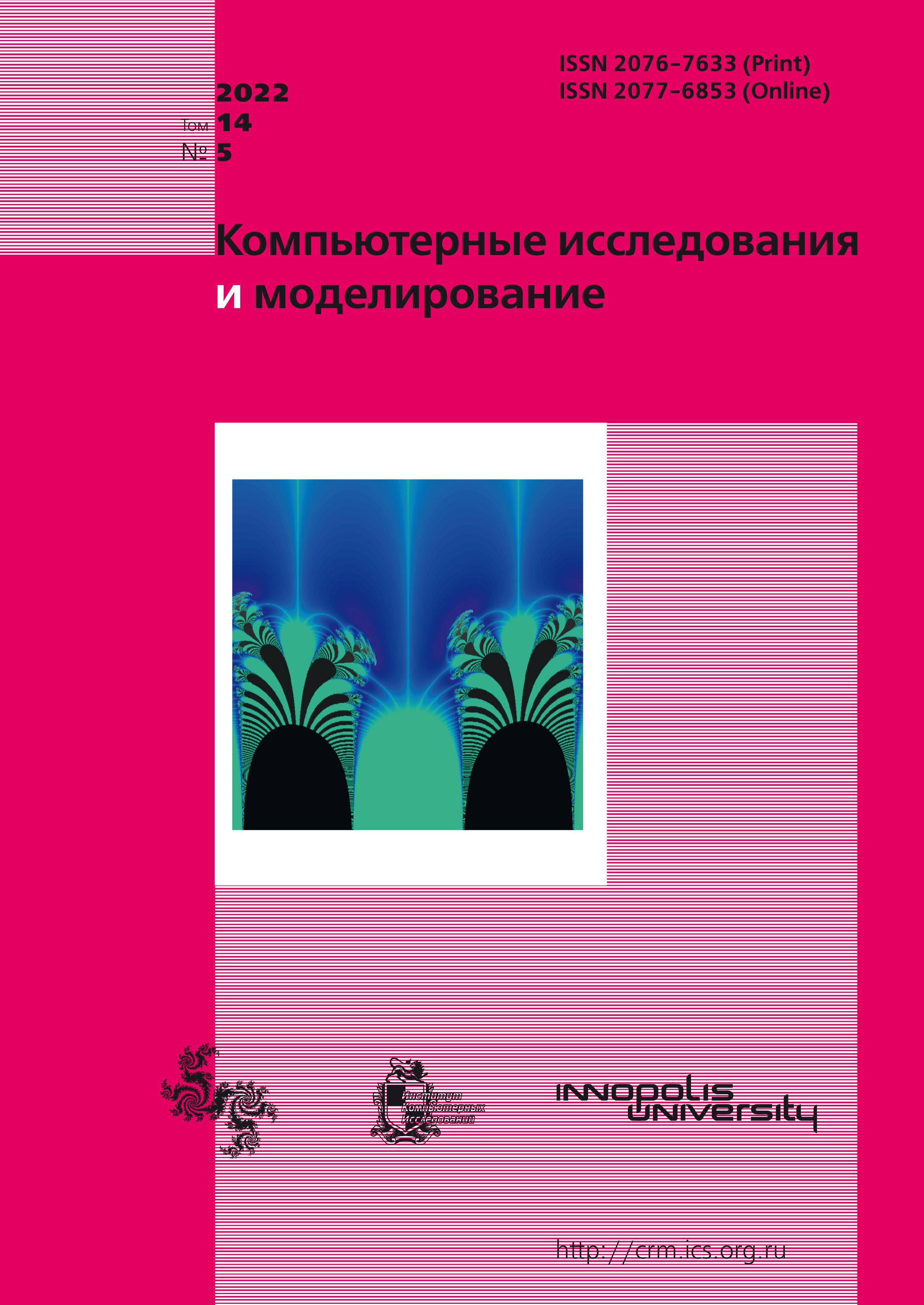All issues
- 2024 Vol. 16
- Issue 1 (special issue)
- 2023 Vol. 15
- 2022 Vol. 14
- 2021 Vol. 13
- 2020 Vol. 12
- 2019 Vol. 11
- 2018 Vol. 10
- 2017 Vol. 9
- 2016 Vol. 8
- 2015 Vol. 7
- 2014 Vol. 6
- 2013 Vol. 5
- 2012 Vol. 4
- 2011 Vol. 3
- 2010 Vol. 2
- 2009 Vol. 1
Modeling the dynamics of public attention to extended processes on the example of the COVID-19 pandemic
 pdf (278K)
pdf (278K)
The dynamics of public attention to COVID-19 epidemic is studied. The level of public attention is described by the daily number of search requests in Google made by users from a given country. In the empirical part of the work, data on the number of requests and the number of infected cases for a number of countries are considered. It is shown that in all cases the maximum of public attention occurs earlier than the maximum daily number of newly infected individuals. Thus, for a certain period of time, the growth of the epidemics occurs in parallel with the decline in public attention to it. It is also shown that the decline in the number of requests is described by an exponential function of time. In order to describe the revealed empirical pattern, a mathematical model is proposed, which is a modification of the model of the decline in attention after a one-time political event. The model develops the approach that considers decision-making by an individual as a member of the society in which the information process takes place. This approach assumes that an individual’s decision about whether or not to make a request on a given day about COVID is based on two factors. One of them is an attitude that reflects the individual’s long-term interest in a given topic and accumulates the individual’s previous experience, cultural preferences, social and economic status. The second is the dynamic factor of public attention to the epidemic, which changes during the process under consideration under the influence of informational stimuli. With regard to the subject under consideration, information stimuli are related to epidemic dynamics. The behavioral hypothesis is that if on some day the sum of the attitude and the dynamic factor exceeds a certain threshold value, then on that day the individual in question makes a search request on the topic of COVID. The general logic is that the higher the rate of infection growth, the higher the information stimulus, the slower decreases public attention to the pandemic. Thus, the constructed model made it possible to correlate the rate of exponential decrease in the number of requests with the rate of growth in the number of cases. The regularity found with the help of the model was tested on empirical data. It was found that the Student’s statistic is 4.56, which allows us to reject the hypothesis of the absence of a correlation with a significance level of 0.01.
Indexed in Scopus
Full-text version of the journal is also available on the web site of the scientific electronic library eLIBRARY.RU
The journal is included in the Russian Science Citation Index
The journal is included in the RSCI
International Interdisciplinary Conference "Mathematics. Computing. Education"






